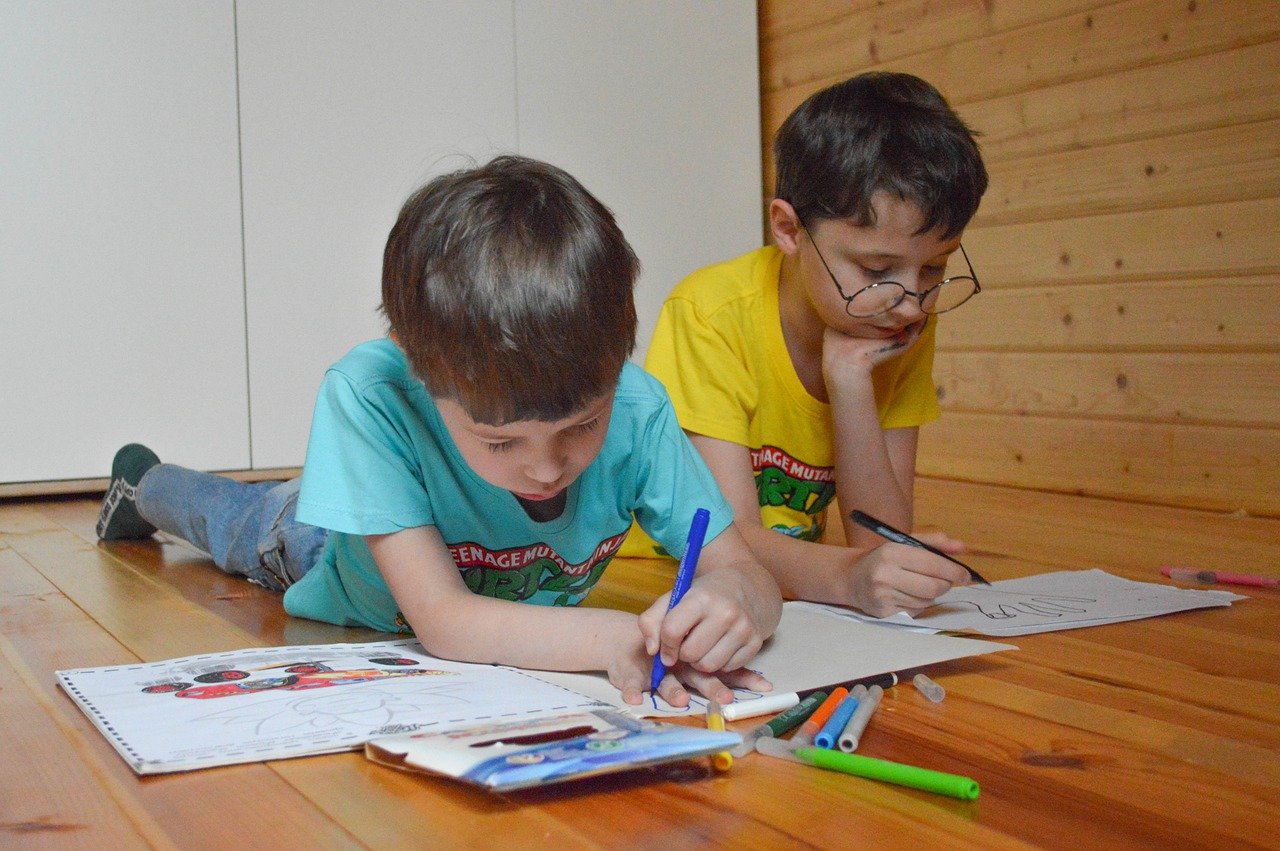Need some help planning a long-term experiential learning project for your children as you continue schooling at home?
Here is an engaging, motivating, and memorable multi-day (or multi-week) activity that can involve every member of the family where each person chooses and researches a topic they are interested in learning more about. All the participants will learn deeply about their chosen topic while sharpening their reading, research, writing, note-taking, organization, speaking, presentation, and listening skills. The self-chosen topics can be just about anything – the sky’s the limit. Here are some ideas to help get you started:
1) A Historical Event like the Titanic or the Discovery of King Tut’s Tomb
2) Specific Country or Continent
3) Animal or Famous Person
4) Sporting or a Natural Event like a Tornado, a Hurricane, or a Tsunami
5) Scientific Concept like Simple Machines, the Digestive System, or Solar System
6) Random Topics like Potato Chips, Sled Dogs, Hair, or relatively unknown Calendar Holidays like "Fruitcake Toss Day"
Follow this step-by-step procedure:
1) Brainstorm topics for each family member
2) Set a date on your calendar for each person to present; it's helpful for adults and older children to present first to serve as role models
3) Use the Internet or books/magazines to find and research information.
* Younger children and/or those with learning differences will probably need a lot of adult/older child guidance during each of the steps below. You may even need to sit a child on your lap and prompt them at each step. For example, “Read this sentence.” “Was there any important information in that sentence?” “How could you write that information into a concise note using your own words?” “How can we sort our facts? What categories would these facts fit under?” “How could we write this category of facts into a paragraph? What would be a good topic sentence/key idea?” Consider requiring a certain amount of work every day before allowing T.V., phone, or video-game time.
The end result (where each person presents as the expert on their topic and leads the family in related activities) makes all the preliminary work worth the effort. Once children go through the entire process, most will want to do it all over again on a different topic!!
4) Closely read each information source – sentence by sentence, paragraph by paragraph. Underline or highlight the important points/facts.
5) Rewrite each important point/fact in a shortened note form on an index card or slip of paper. Teach children how to write notes in their own words being careful to not plagiarize.
*Adults may need to rewrite the information in simplified language for young children and children with disabilities.
6) Collect 25-40 facts for young children and chlldren with disabilities, and 75-125 facts for older children, teens, and adults.
7) Sort important points that are written on index cards or slips of paper. Sort facts under category headings that you create (ie: if you are researching owls, have category headings of ‘habitat,’ ‘food-predator/prey relationships,’ ‘babies and young,’ ‘physical characteristics,’ ‘species,’ ‘unique or interesting facts,’ etc.).
8) Use the sorted facts to write a research paper; facts that go together under a category heading will be clustered together in the paper. Write your paper in the genre of your choice. Some possible genres are described below:
a. Interview or Talk-Show format;
b. Creative Story from the perspective of the person, animal, or object of their research (If they research parakeets, they write as if they are a parakeet telling the story of their life. If they research the digestive system, they may write as if they are a piece of food traveling through the parts of the digestive system);
c. Newspaper – with short articles on different sub-categories of their topic;
d. Scrapbook – Pictures with explanatory captions;
e. Children’s Book – multi-page book with lots of pictures and simplified explanation of each aspect of the topic;
f. Poem – Incorporate the facts into a poem.
g. Traditional Research Paper:
i. first paragraph - a sentence to hook the reader followed by a thesis statement telling what the paper is about;
ii. middle paragraphs - have a topic sentence for each paragraph stating the key idea followed by sentences providing facts and examples of the key idea;
iii. concluding paragraph - 1-3 sentences wrapping up the paper restating what was learned.
9) Revise and edit your paper. Reread it to make sure it makes sense, is well organized, uses good word choices, and has accurate spelling and punctuation. Have someone else read it to help you edit and create a final revision.
10) Create a presentation. If you have a computer, this is a great time to experience the wonder of PowerPoints. Most kids really enjoy picking pictures and diagrams to put on each slide accompanied by short phrases. After you finish creating a PowerPoint, you can add animations which is really fun to do! If you don't have a computer, create a poster of your facts.
11) Practice your presentation 5-10 times before your final performance.
12) Present on your due date. You may dress up, bring artifacts to share, etc. For example, if you present on Einstein, dress up as Einstein. If you present on karate, pass pieces of karate equipment around. If you present on canaries, make a canary suit to wear!
13) Use your imagination to involve your family audience in activities related to your topic to help them learn them more deeply. This can be done the middle of the presentation or after it. Involvement activities might include:
a. Asking questions to obtain their predictions or ideas.
b. An oral quiz game like Jeopardy or a written quiz on the important points you presented.
c. A mini simulation (ie: if you present on sled dogs, have your family become sled dogs and use verbal commands to "drive" them around the house, etc.).
d. Hands-on activities like word finds or games, etc.
14) Provide the presenter with specific oral feedback at the end of each presentation. Have each audience member begin with positive statementslike, “I learned a lot from you” or “It's obvious you thoroughly researched your topic.” Sandwich in up to 3 tactful suggestions for improvement such as, “I really enjoyed your presentation, but sometimes it was hard to hear you” or “Be careful to spell everything correctly on your PowerPoint.” Finish up with some positive feedback.
A lot of wonderful learning will take place as family members complete all the steps above! As each project features a self-chosen topic and each person becomes the “teacher” of their topic, this activity is very engaging, motivating, and memorable. Enjoy! – Dr. Joan James
______________________
Dr. James has taught at the K-16 levels for over 40 years in a variety of settings including general education and special education in inner-city, rural, Native American reservation, university laboratory, and dual-immersion schools. She has a strong learner-centered teaching philosophy, has written many educational articles, is the author of "It's Your Future: Will You Survive Financially" – a dynamic simulation that helps teens prepare for financial success as adults, and presents at education conferences on the benefits of engaging, memorable, and motivating experiential (hands-on, minds-on) learning. Thank you Dr. James!
©2020 Therapy Shoppe® Incorporated. All rights reserved.

